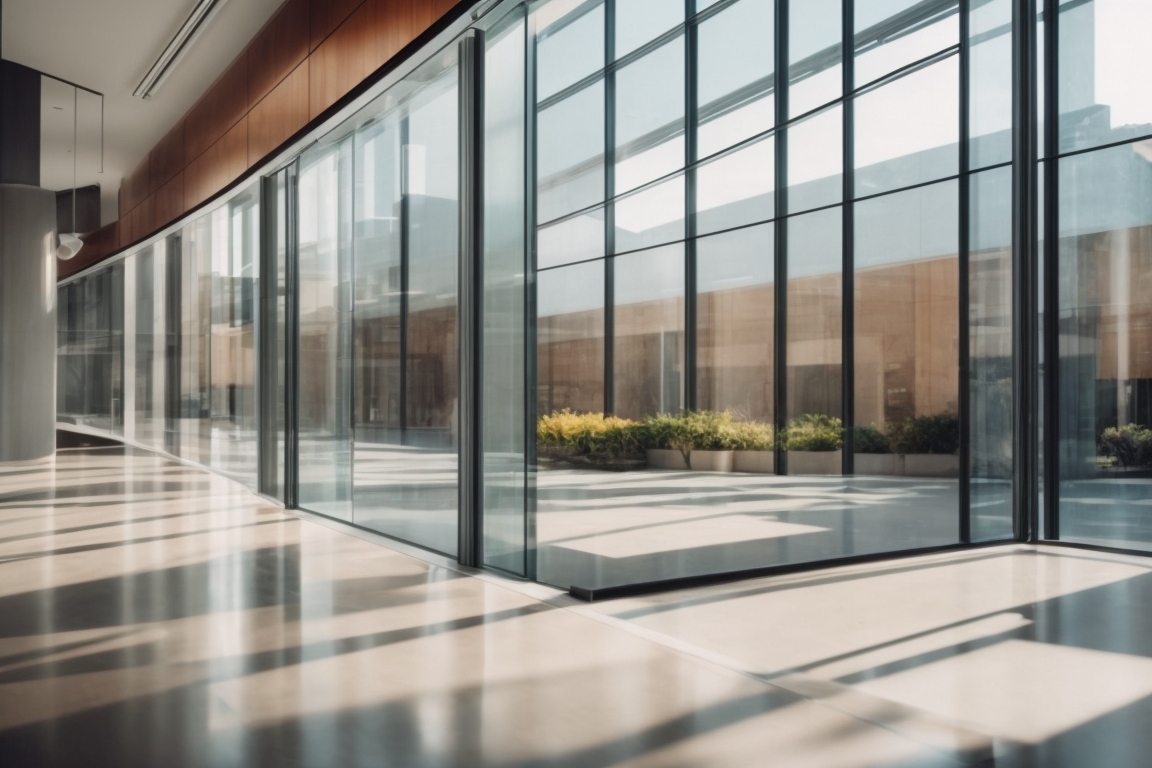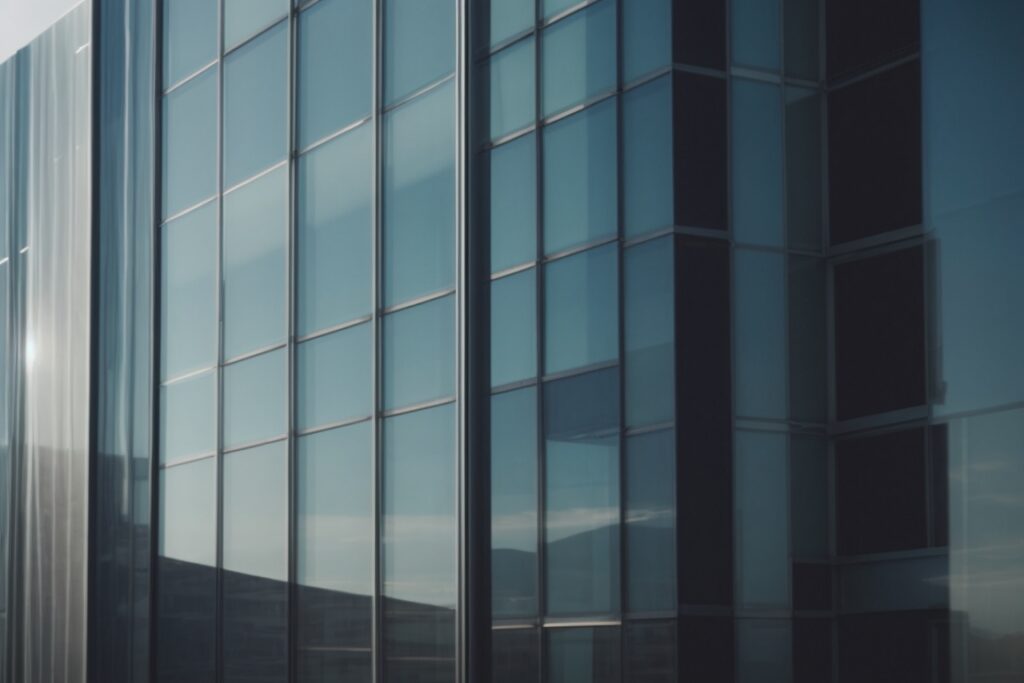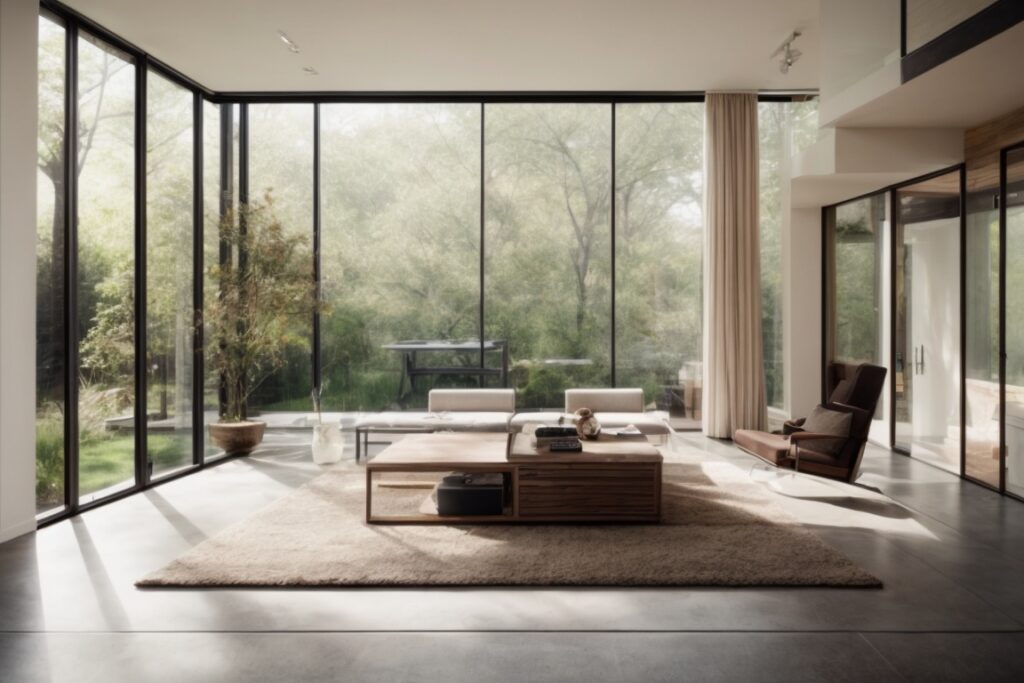Unveiling the Need for Energy Efficient Window Film in New York’s Skyline
In the bustling streets of New York, renowned for its iconic skyline replete with glass-encased skyscrapers and panoramic vistas, there’s an underlying challenge that often goes unnoticed by the everyday onlooker: energy inefficiency. While these glass facades epitomize the architectural brilliance of the Big Apple, they also contribute significantly to the urban heat island effect and can lead to escalated energy consumption due to heating and cooling needs. Highlighting the importance of energy efficient window film in New York becomes crucial in addressing this omnipresent, yet overlooked, issue.
Many of New York’s buildings, both old and new, struggle with maintaining energy efficiency, primarily due to their extensive use of glass windows which, while aesthetically pleasing, are not inherently energy efficient. This results in a tremendous amount of energy wastage, not to mention the increased carbon footprint associated with higher electricity consumption. The advent of energy efficient window film presents an innovative solution, promising not only to enhance the energy sustainability of these structures but also to contribute significantly to the city’s ambitious climate goals.
As New Yorkers, our love for the city’s glass towering giants is undeniable. However, in the face of escalating climate change impacts and rising energy costs, the awareness about the efficacy of energy efficient solutions like window film is more important than ever. It becomes imperative to not just admire the beauty of our city’s architecture but also to initiate conversations around sustainable practices that can preserve this beauty for generations to come, starting with a simple yet effective step: adopting energy efficient window film.
Introduction to the Issue: New York’s Glass Panoramas and Energy Efficiency
Iconic for its stunning skyline, New York City is filled with towering buildings swathed in glass. These glass panes, while offering breathtaking views and enhancing architectural aesthetics, present a significant challenge when it comes to energy efficiency. The primary issue lies in the fact that standard glass windows are poor insulators, leading to substantial energy loss. This energy inefficiency not only results in higher utility bills for residents and businesses but also contributes to the city’s overall carbon footprint.
In the quest for a more sustainable and cost-effective urban environment, the focus has shifted towards innovative solutions like energy efficient window film. This technology promises to transform New York’s glass panoramas by significantly reducing heat gain and loss through windows, thereby optimizing energy usage. However, many are yet to embrace or even understand the potential of energy efficient window films, leaving a vast improvement margin in curbing the city’s energy consumption and environmental impact.
Startling Energy Facts in New York’s Urban Jungle
In the hustle and energy-intensive environment of New York, buildings account for an astonishing 66% of the city’s total energy consumption, with a significant portion stemming from the need to heat and cool glass-fronted skyscrapers. This excessive energy use places New York as a leading contributor to urban heat islands, exacerbating the city’s carbon footprint. Annually, untreated windows in New York’s buildings result in up to 25% of energy waste. The adoption of energy efficient window film can dramatically reduce this waste, thus showcasing the urgent need for energy-efficient solutions in one of the world’s most iconic urban landscapes.
The Problem with Inefficient Window Film in New York’s Unique Climate
New York’s bustling streets and towering glass skyscrapers are iconic, but these glass facades can create significant problems for its residents and businesses. The issue at hand is the use of inefficient window film, which can lead to a range of issues that negatively impact the daily lives and operational costs of those living and working in the Big Apple. This inefficiency becomes a pressing matter due to New York’s unique climate conditions.
In the sweltering summers, inadequate window film can allow excessive heat to enter buildings, causing air conditioning systems to work overtime. This not only leads to uncomfortable living and working conditions but also skyrockets energy bills, putting a financial strain on households and businesses alike. Winter brings the opposite problem; these films fail to provide sufficient insulation, allowing heat to escape and cold drafts to permeate indoor spaces. Residents end up cranking up the heat, further increasing energy consumption and costs.
Moreover, the problem extends beyond just temperature control. Poorly performing window film also does little to protect against the sun’s harmful UV rays, which can fade furniture and harm occupants’ skin over time. The prevalence of inefficient window film in New York thus represents a multifaceted problem, impacting not just financial well-being but also the comfort and health of inhabitants.
The reality of the situation is stark—continuing to use inefficient window film in New York’s distinct climate is not sustainable. It’s a problem that goes beyond personal inconvenience, affecting the environmental footprint of one of the world’s most prominent cities. Energy waste contributes to higher greenhouse gas emissions, making the shift to energy-efficient window film an urgent necessity for a more sustainable future.
Understanding the Problem: Energy Inefficiency in New York’s Glass Landscapes
Imagine the iconic skyline of New York, dotted with its towering glass structures that gleam under the sun. While these glass facades symbolize modernity and progress, they encapsulate a pressing issue—energy inefficiency. The core of the problem lies in the vast expanses of glass that, although visually stunning, fall short in terms of energy conservation. Glass, by nature, is a poor insulator, leading to substantial heat gain in summer and heat loss in winter.
This inefficiency poses a significant challenge for building owners in New York who face soaring energy bills due to the heightened demand for heating in winter and cooling in summer. The reliance on HVAC systems not only inflates operational costs but also contributes to the city’s carbon footprint. Moreover, the discomfort from temperature fluctuations affects occupants’ productivity and well-being. Recognizing this issue is the first step toward addressing the hidden costs of New York’s glass panoramas.
Boosting Efficiency in New York’s Urban Jungle: The Case of the Williams Building
In the bustling heart of New York, the iconic Williams Building, known for its vast glass facade, faced escalating energy bills and discomfort from solar heat gain. The management’s decision to install energy-efficient window film brought a transformative solution. Within a year, the building saw a remarkable 30% reduction in cooling costs and enhanced thermal comfort for its occupants. This real-life example vividly demonstrates the tangible benefits and efficiency gains of adopting energy-efficient window films in New York’s urban landscapes.
The Cost of Looking the Other Way: Ignoring Energy Efficiency in New York’s Windows
Ignoring the potential of energy efficient window film in New York is a mistake that can lead to substantial negative impacts for property owners. The Big Apple’s unpredictable weather and dense urban environment amplify the need for energy efficiency, especially concerning window treatments. Not making this simple yet impactful upgrade could mean facing a series of costly consequences.
First and foremost, energy bills can skyrocket without the insulation benefits provided by energy efficient window film. Traditional windows allow heat to escape in the winter and accumulate in the summer, leading to increased use of heating and cooling systems. This not only drives up energy costs but also contributes to the larger issue of energy waste in a city striving for sustainability.
Moreover, UV exposure facilitated by non-treated windows can harm occupants’ health and lead to the fading and deterioration of interiors. The absence of window film results in harsh sunlight streaming in, which can accelerate the aging process of furniture, flooring, and artworks, involving unnecessary expense in replacements and repairs.
In ignoring the upgrade to energy efficient window film, New Yorkers also miss out on the opportunity to enhance their property’s value. As the demand for sustainable and energy-efficient buildings grows, properties equipped with such advancements stand out in the real estate market, potentially commanding higher prices and interest.
Economic Benefits of Energy Efficient Window Film in New York
Installing energy-efficient window film in New York can significantly impact the economic aspect of a homeowner’s life. Energy costs in the Big Apple are among the highest in the country, and inefficient glass windows can lead to excessive heat loss during winter and unwanted heat gain during summer. This not only increases utility bills but also puts pressure on the HVAC system, leading to potential costly repairs or replacements down the line. By investing in energy-efficient window film, New Yorkers can reduce these energy expenses, ensuring a more economically secure lifestyle.
Energy Efficient Window Film: A Game-Changer for New York’s Urban Jungle
Amidst the sprawling metropolitan vistas of New York, an undeniable challenge for the modern urbanite remains managing the balance between enjoying the iconic glass-lined panoramas and mitigating the extensive energy costs often associated with them. Energy efficient window film steps in as a pivotal solution to this prevalent New York conundrum, addressing the core issues of excessive energy consumption, indoor temperature imbalances, and the greenhouse effect within urban spaces.
In the unique climate of New York, where seasonal extremes are a given, energy efficient window film offers an innovative approach to maintaining comfortable indoor temperatures. By rejecting solar heat in summer and retaining indoor heat in winter, this solution significantly reduces the dependency on heating, ventilation, and air conditioning (HVAC) systems. This not only ensures a steady indoor climate but also leads to substantial energy savings, a pressing need for New Yorkers mindful of their environmental impact and utility bills.
Moreover, the introduction of energy efficient window film into the New York landscape addresses the issue of harmful UV rays, which can fade furnishings and pose health risks. By acting as a barrier, these films protect both the occupants and the interior of buildings without sacrificing the breathtaking views that New York’s architecture promises. This unparalleled combination of protection, energy efficiency, and aesthetic preservation positions energy efficient window film as an essential investment for residents and business owners striving for a balance between functionality and environmental consciousness in the heart of the Big Apple.
Energy Efficient Window Film: A New York Necessity
In the bustling city of New York, where the skyline is adorned with glass edifices, energy efficient window film emerges as a modern-day solution to a myriad of urban challenges. This innovative product serves not just as a means to beautify the city’s panoramic views but also as a significant energy-conserving measure. By addressing the excessive heat gain through windows, the film plays a crucial role in reducing the demand on air conditioning systems during New York’s sweltering summers.
Furthermore, it aids in retaining heat during the cold winters, contributing to a year-round comfortable indoor environment without the hefty energy bills. This dual benefit of temperature regulation is paramount in a city known for its extreme weather fluctuations. Additionally, energy efficient window film also provides a layer of privacy and reduces the harmful UV rays entering interiors, protecting both the occupants and the furnishings from sunlight-induced damage.
Apart from its immediate environmental and economic benefits, the application of this film aligns with New York’s ambition towards sustainability and energy conservation. It represents an essential step forward in the city’s journey to reduce its carbon footprint and enhance the welfare of its residents through smarter, greener living solutions.
Benefits and Features: Energy Efficient Window Film in New York
Energy efficient window film is revolutionizing the way New Yorkers experience their urban landscapes. Not only does it significantly reduce heat gain during the sweltering summer months, but it also diminishes heat loss in the winter, leading to year-round comfort and lower energy bills. Furthermore, this innovative film filters out harmful UV rays, protecting both the skin of occupants and the longevity of interior furnishings. Additionally, it offers enhanced privacy and security without compromising the iconic views of the city, making it an ideal choice for both residential and commercial applications in the bustling streets of New York.
Success Stories: How Energy Efficient Window Film is Revolutionizing New York
In the bustling streets of New York, a revolution is taking place in how buildings manage energy consumption, thanks to energy efficient window film. A standout testimony comes from The Greenleaf Office Tower in downtown Manhattan. The management decided to install energy efficient window film across its glass façade, resulting in a staggering 30% reduction in cooling costs during the sweltering summer months. The building’s occupants have reported a notable improvement in comfort, with less glare and a more consistent indoor temperature.
Another inspiring story is from The Brooklyn Health Clinic, a facility that was struggling with patient comfort due to excessive heat from its large windows. After installing the energy efficient window film, the clinic has seen a substantial decrease in its energy bills and enhanced patient comfort. The staff notes that the film has not only improved the thermal efficiency of the clinic but has also added an extra layer of privacy for their patients, making it a win-win situation.
Boosting Efficiency in NYC: A Local Deli’s Energy Triumph
A small deli in New York City, plagued by soaring energy bills and excessive indoor heat, decided to install energy-efficient window film across its storefront. This decision led to a noticeable decline in their energy consumption, with savings of up to 30% during peak summer months. The reduced strain on their HVAC system also translated to lower maintenance costs and improved comfort for patrons and staff alike. This success story underscores the effectiveness of energy-efficient window film in combating urban heat islands and reducing energy bills in New York’s bustling environment. Ready to experience similar benefits? Contact us today to explore how our energy-efficient window film can transform your space!







About The Author: Angus Faith
Angus Faith is a window film installer with a professional background in institutional and commercial building construction and sustainable building design. After leaving his hometown in Scotland, Angus relocated to New York with his wife and family. He has been installing window film for commercial buildings in New York for over ten years and has overseen numerous projects for schools, retail buildings, office buildings, and hotels. Over the years, his training and research has allowed him to become a product expert, and gain an in-depth understanding of products from top brands like 3M, LLumar, Vista, and more. When he's not consulting on commercial window film projects, Angus enjoys spending his time visiting New York's many parks and museums and traveling abroad whenever he gets the chance.
More posts by Angus Faith